In 1521, Luther daringly refused to recant his theses and writings before the Diet of Worms. More than 500 years later, tour guide Sandra Wilhelm leads me through Worms in Luther's footsteps and we discover a city as Luther must have experienced it 500 years ago.
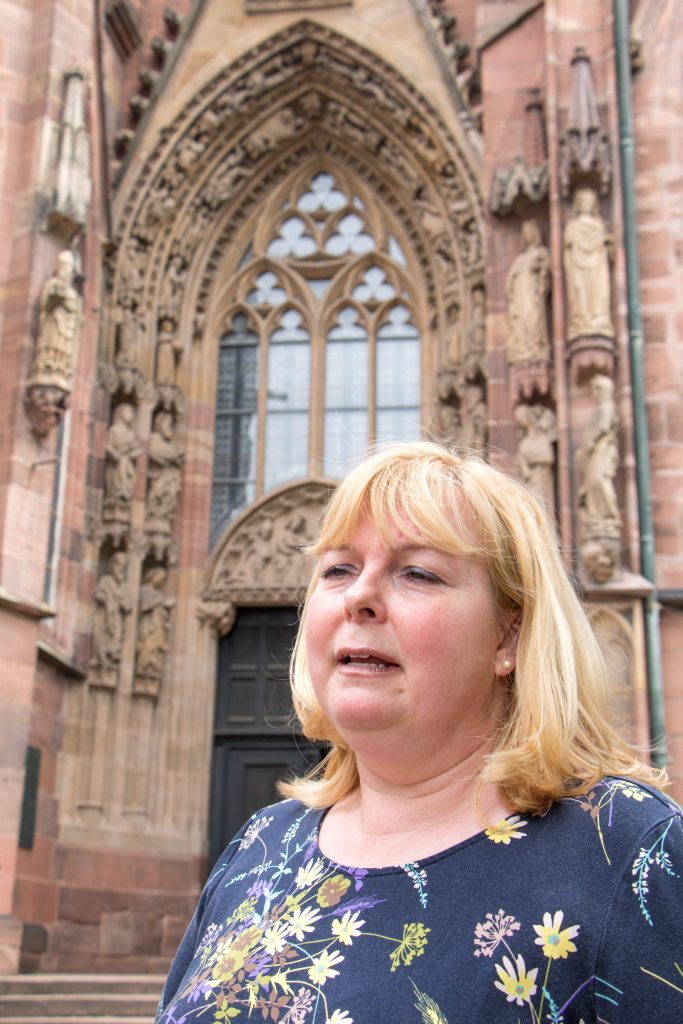
The Diet of 1521 in Worms: Luther's footsteps and the dawn of the Reformation
The year was 1521 and Worms was a typical city of the Middle Ages. Compared to today, Worms was much smaller, both in terms of area and the number of its inhabitants. Nevertheless, there was a lot going on in the city right at the beginning of the year, because the Imperial Diet was meeting in Worms, which the only 21-year-old Emperor Charles V. convened. Over the winter months, therefore, there were always guests in the city on the Rhine. Thus, for every 6,000 to 7,000 people in Worms, there were a good 10,000 visitors to the Reichstag, which represented a major logistical challenge for the city. Although the Diet itself was a major event, it is not the Diet itself that has gone down in the history books, but a very special negotiation in April 1521.
On April 16, 1521, Martin Luther entered Worms from the north on a wooden wagon through the Martinspforte. His visit had been anticipated in the city, and so he was greeted with enthusiasm by locals and guests alike. Only four years earlier, he is said to have written his 95 theses single-handedly on the door of the Castle church in Wittenberg nailed to the wall. Around 2,000 people are said to have watched Luther's entry into Worms at the time and cheered him on. Today, the Martinspforte is no longer located on the city limits, but in the middle of downtown Worms. The gate itself is commemorated by an inscription on the building, which was newly erected in 1904 and where, 500 years after Luther's entry, a restaurant serves the city with regional delicacies and wines.

Luther was an Augustinian monk and a professor of theology, but because of his writings critical of the church, the pope imposed a church ban on him, which declared Luther a heretic. Thus, Luther could not stay in one of the monasteries during his stay in Worms. He was housed in the Johanniterhof, where he shared a chamber with two other men. For, as already mentioned, the city was crowded with visitors to the Diet and Luther's trial in particular was eagerly awaited.
We also follow Luther's footsteps through today's pedestrian zone to the place where he stayed overnight more than 500 years ago. Nowadays, however, overnight guests no longer stay here. On the site of the former Johanniterhof, there is now a large shopping center.
In many cities of the Middle Ages, Luther's reformatory thoughts already met with approval in 1521. However, this was not only due to religious convictions, but much more to the power-political structure that prevailed at the time. The church and the bishops had enormous influence and power over the citizens. If now, through Luther's writings and the Reformation movement, this power was taken away from the bishops and thus from the church, it would have meant more freedom and self-determination for the people.
But also from a religious point of view, Luther's reformatory thought found approval in Worms. In 1521, a priest lived in the St. Andrew's Monastery who had already introduced the Reformation thought in the Magnus Church preached in Worms. Luther himself did not visit the Magnus Church or any other place of worship in Worms because of the church ban.
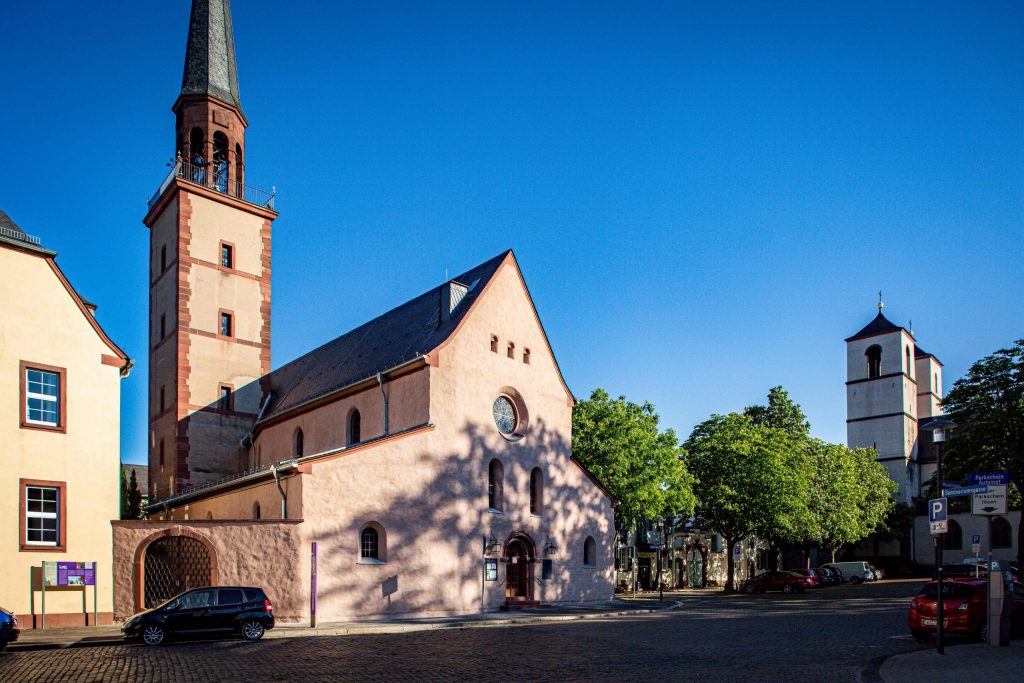
Luther's Hearing at the Diet of Worms in 1521: A Look into the Past and the Lost History of Architecture
How can we imagine Luther's hearing at the Diet in 1521? It began at about 4 p.m. on April 17, 1521. He was taken apart from his followers and opponents through the gardens of the houses to his hearing before the Diet. Luther was not accompanied by the scent of spring flowers. The gardens behind the homes in Worms were laid out for self-sufficiency purposes, so Luther must have been more careful not to step on the first sprouting vegetable plants.
The entire Reichstag took place in the Bürgerhof in 1521. Luther's trial, however, was deliberately placed in the Bishop's Court to separate it from the rest of the Reichstag. Like much else from that time, the Bürgerhof has disappeared from the cityscape due to destruction over the centuries. In the same place today stand the evangelical Trinity Church and the House of the Mint. When the Trinity Church was built from 1709 to 1725 in honor of Luther's Reformation, it was no longer known - as Mrs. Wilhelm tells me - that Luther's trial took place in the Bishop's Court. It was assumed that it was held in the Bürgerhof, like the rest of the Reichstag, and therefore built the Reformation Memorial Church in that place. Had it been known that the trial took place in the Bishop's Court, the large Trinity Church might be standing right next to Worms Cathedral today.

Luther's Decision at the Diet: In the Shadow of the Cathedral and the Struggle of Conscience in Heylshof Park
The bishop's court bordered the cathedral in 1521. Luther must have stood here in the shadow of the cathedral, his writings set up in front of him and thousands of expectant pairs of eyes fixed on him. Actually, it is not surprising that he did not want to decide directly whether to recant his writings when the pressure was on, and therefore asked for another day to think it over. At that moment, Luther probably would have liked to go to a church or walk through the city to clear his head. But, as we know, Luther was not allowed to go to church and the city of Worms was full of guests of the Reichstag. Since Luther was well known and either admired or despised, that was not an option. So he had no choice but to return to his lodgings in the Johanniterhof and pace up and down. In the process, he is said to have even asked himself questions and talked to himself.
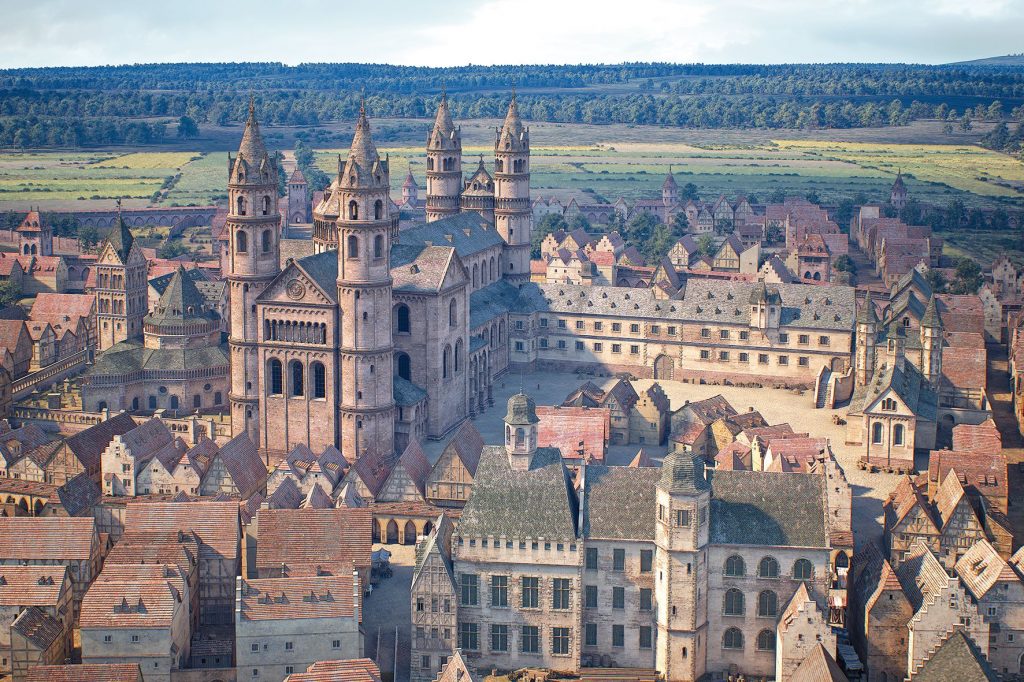
Due to the destruction of the city of Worms in the Palatinate War of Succession in 1689, the Bishop's Court also disappeared, and so today Mrs. Wilhelm and I are standing in the Heylshof Park in the same place as Martin Luther 500 years ago. We look down on the large Luther shoes, created by the artist couple Norbert and Constanze Illig. The Luther shoes are a pair of shoes made of metal and similar in shape to what Luther must have worn at the time. They are so big that you can slip into them and become a part of this memorial. Before we really step into Luther's shoes for a moment, let's also reflect on Luther's struggle of conscience.
In Heylshof Park, there is an educational and experiential trail that includes the historical site and, among other things, the Thinking Room, where you can experience Luther's questions and thoughts on the subject of conscience. Ms. Wilhelm leads me through the park past green lawns, flowers and old trees. Occasionally, these trees call out to us one of Luther's 24 questions. There are 24 invisible loudspeakers scattered throughout the park, bringing the "Luther moment" to life.
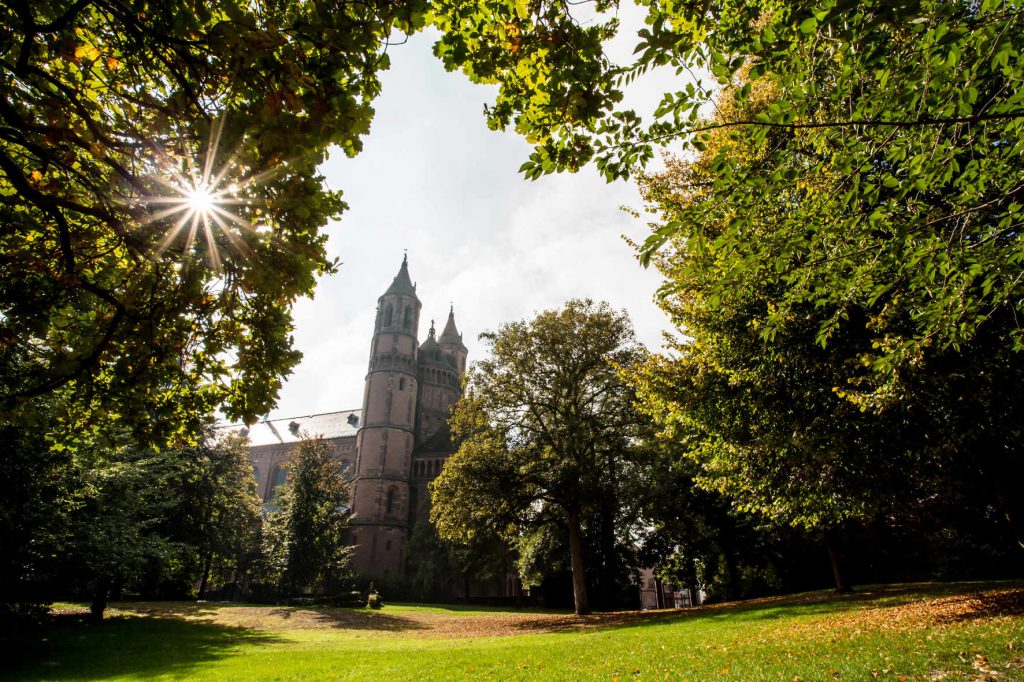
Luther found answers to his questions the next morning, and so he also returned with his answer to the Diet of Worms on April 18, 1521. Once again Luther was asked if he wanted to recant his writings, and he answered eloquently and at length with a long defense speech. Most people are familiar with the section "Here I stand. I cannot do otherwise. God help me. Amen." is well known. We know from the minutes of that time that he did not say it exactly like that, but the content remains the same. Luther refused to recant his writings because he could not reconcile it with his conscience.
This moment has gone down in the history books, because Luther was not just answering a question. He knew that by refusing to recant, he and his followers were now threatened not only with excommunication but also with imperial punishment. His life was in danger. Luther's decision had an enormous impact then and still does today.
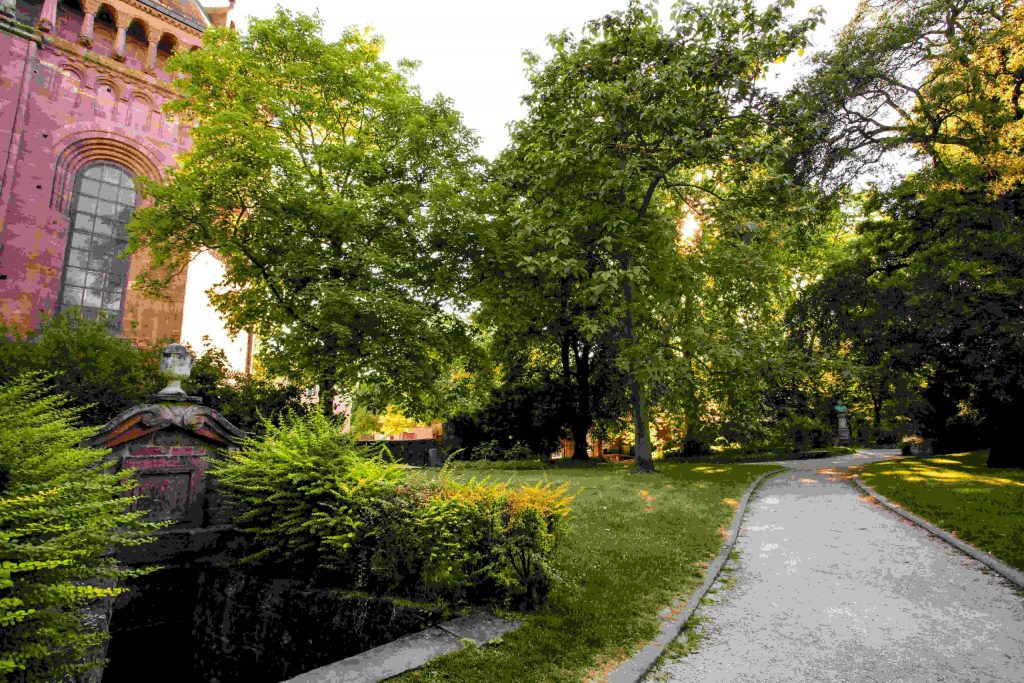
Works of art, monuments and time travel to 1521
Standing back in the Heylshof in Luther's shoes, it is still impossible to comprehend how Luther must have felt at the time. Looking forward, one looks directly at a bronze relief by the artist Gustav Nonnenmacher. On it you can see how lightning strikes the scene of Luther's trial in the bishop's court. It is not known exactly what the weather was like on April 18, 1521, and April certainly did what it wanted even then. The lightning on the relief is therefore only a symbol. Luther, like lightning splits a tree, has divided the church and society.
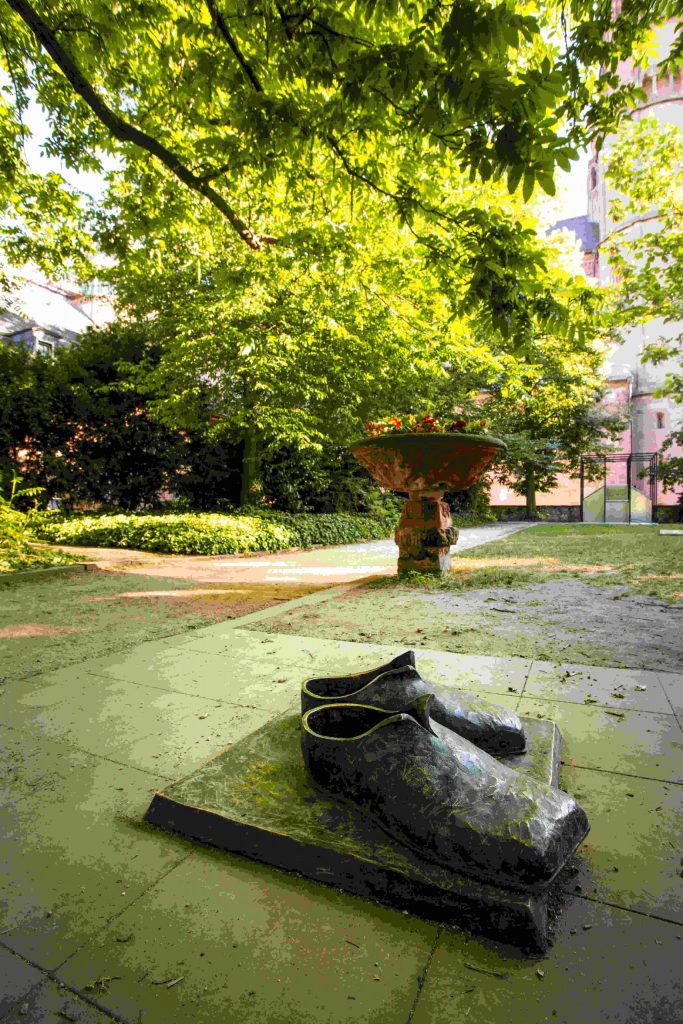
It is the artworks, commemorative plaques and legends that bring Luther, the themes of conscience and peaceful protest, and the year 1521 to life in Worms. Thus, despite the destruction of historic sites, the spirit of 500 years ago can still be felt. Sometimes it doesn't even have to be the original sites. One of the world's largest Reformation monuments, the Luther Monument, stands on a site that was still outside Worms in 1521 and where Luther probably never went. The monument is built like a castle and includes famous protagonists of the Reformation as well as the inscription "A Mighty Fortress is Our God", a well-known hymn penned by Martin Luther.
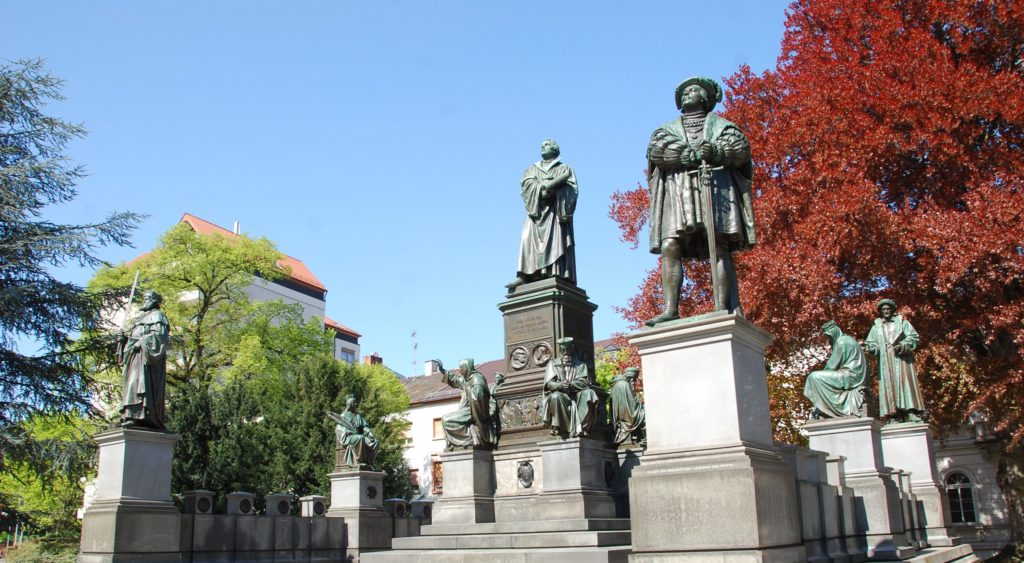
Luther also appears again and again in other places in Worms, calling himself and his refusal to recant to the memory of the locals and guests.
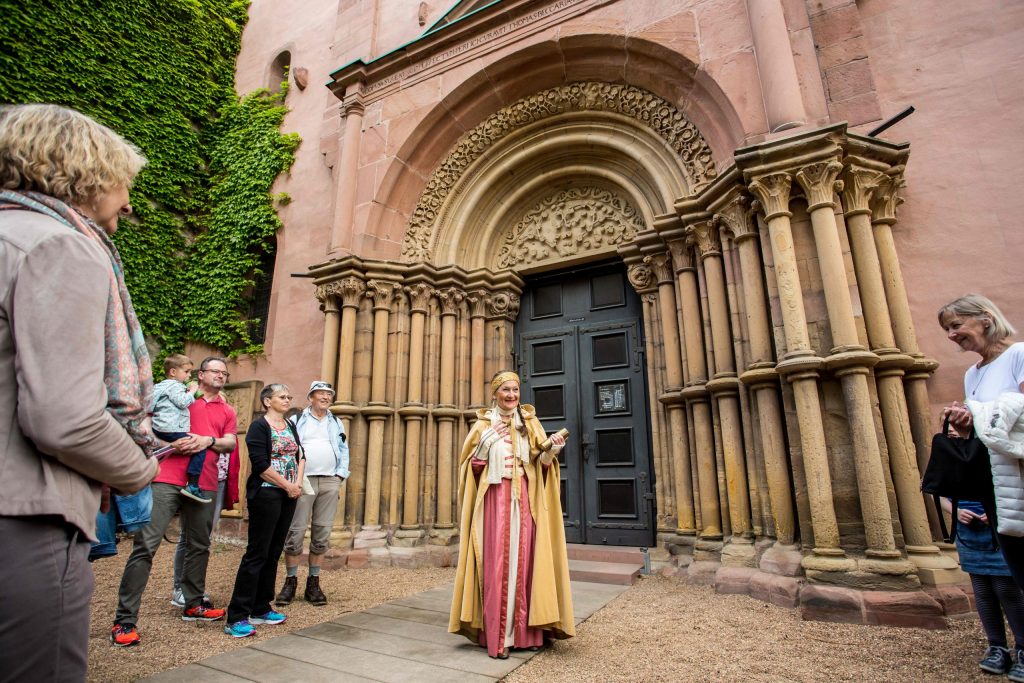
You can also follow in Luther's footsteps during a Costume tour or explore Worms on your own on the Luther Tour explore
With the tour app "Experience Worms" you can Tour "Luther in Wormswhich is also available as an AR version in the form of a graphic novel, will take you on a journey back in time to the year 1521.
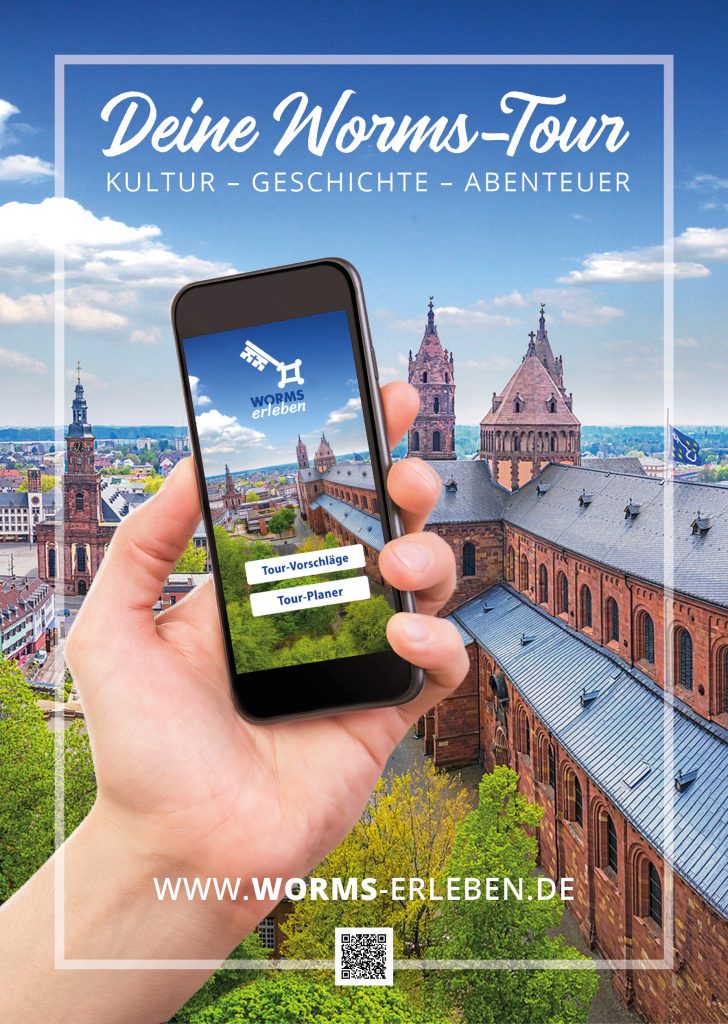

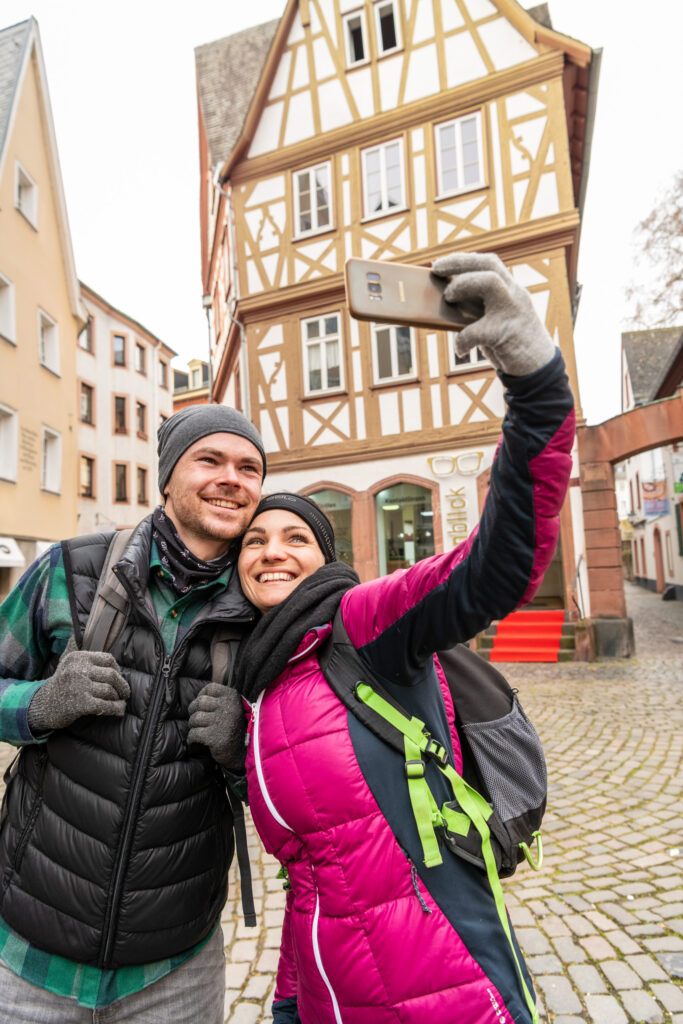
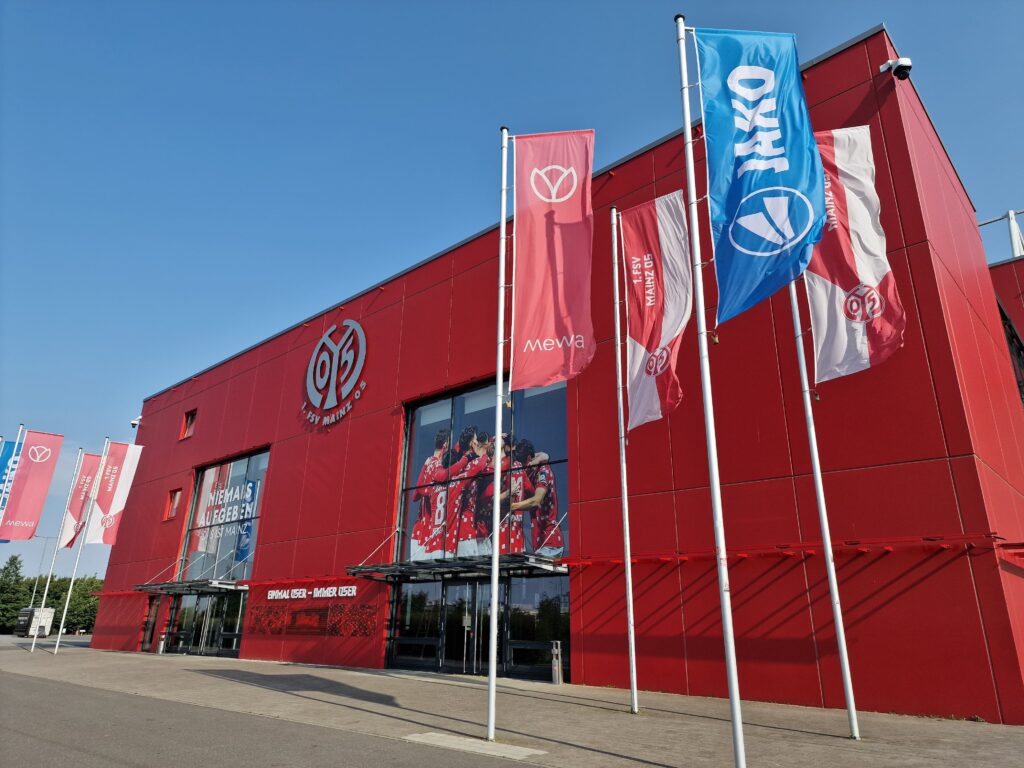
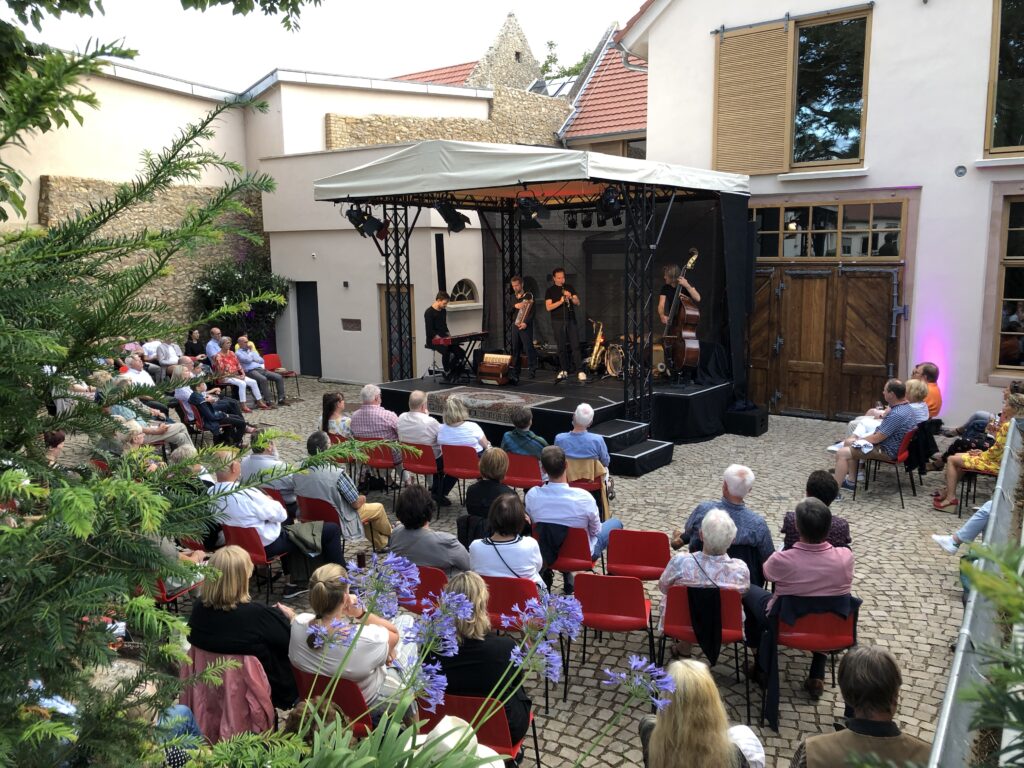
2 Responses
There were two priests who had already "apprenticed" under Luther in Wittenberg. Ulrich Preu and Ulrich Sitzinger. They both came to Worms to the St. Andrew's Abbey and spread the Lutheran theses and findings in the Magnuskirche, which was the parish church and reserved for the "common people", very early on, making the Magnuskirche the oldest church in southwest Germany in which Lutheran preaching took place.
Luther was banned by the Pope in January 1521. But why he was not immediately put on trial for heresy has to do with the new election of Charles V. Not only show historical sites, but also learn to understand the background. The people of Worms who made life in Worms "hell" for the Pope's envoy are also exciting and part of a Luther tour.
Dear Ms. Bingenheiemr,
Thank you very much for the additional information.